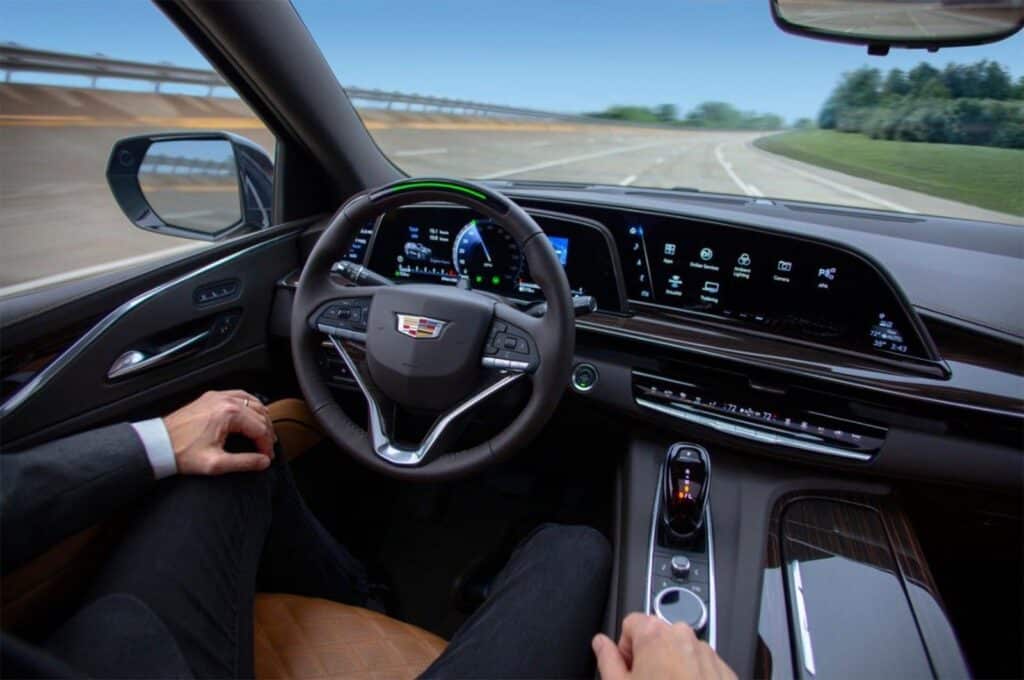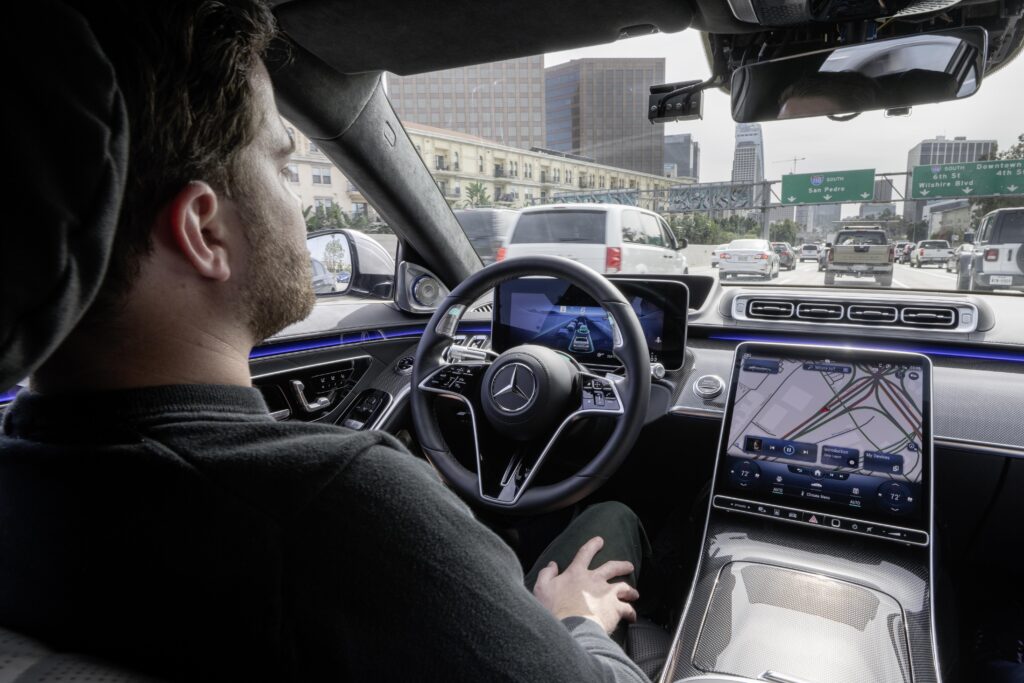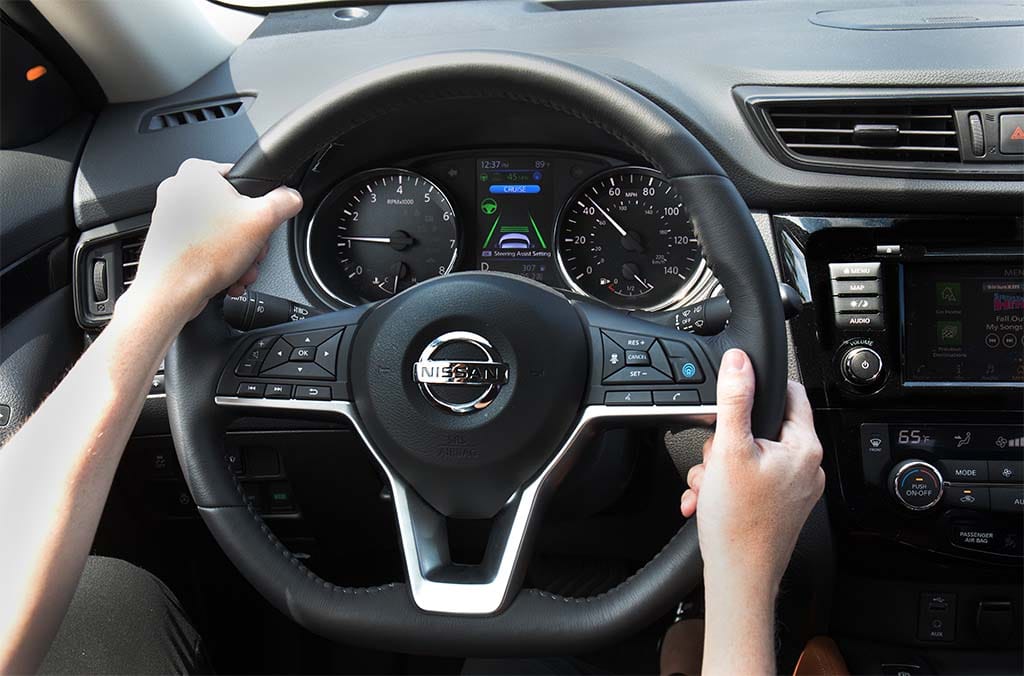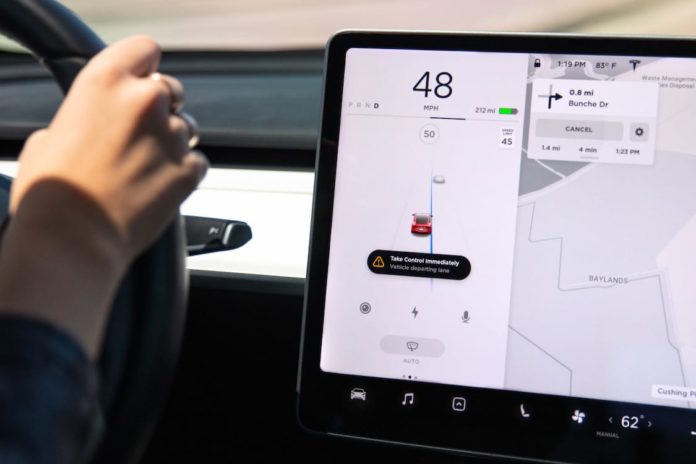If you need proof that Tesla is running on autopilot as CEO Elon Musk obsesses over ruining Twitter, it comes in the form a new test from Consumer Reports, which ranked Autopilot seventh out of 12 widely used advanced driver assistance systems, or ADAS. Tesla’s Autopilot fell significantly behind those from larger automakers.
Ford Motor Co. took the top spot in the study. ADAS are available on more than 50% of 2023 model-year vehicles. Tesla ranked second in 2020.
The consumer magazine, a non-profit group that assesses goods and services, ranked Ford’s BlueCruise and Lincoln’s ActiveGlide as best with a rating of 84 out of 100, rating better than average.
It was followed by General Motors’ Super Cruise at 75, Mercedes-Benz’s Driver Assistance at 72, BMW’s Driving Assistance Professional at 69, Toyota Safety Sense 3.0 and Lexus Safety System+ 3.0 at 65, Volkswagen Travel Assist and Audi Adaptive cruise assist at 62, and Tesla Autopilot at 61, all rating average.
Rivian’s Highway Assist scored a 59, with Nissan/Infiniti ProPilot Assist and Honda Sensing/Acura AcuraWatch tying at 58, followed by Volvo/Polestar Pilot Assist at 53 and Hyundai/Kia/Genesis Highway Driving Assist at 47, all rating worse than average.
What the tests covered

The test covered how well each system’s lane centering assistance, adaptive cruise control, driver monitoring systems functioned. The organization also tested its ease of use, how well the systems judge when it’s safe to use or when the driver is unresponsive. And all systems are not created equal.
Although ADAS technology can make driving more enjoyable, the magazine claims that fully autonomous vehicles are still a long way off.
“Systems like BlueCruise are an important advancement that can help make driving easier and less stressful,” said Jake Fisher, CR’s senior director of auto testing. “But they don’t make a car self-driving at all.”
Fisher also noted that since its introduction, Tesla has mostly kept the core functioning of Autopilot the same while merely adding new capabilities.
“While other automakers have evolved their Adaptive Cruise Control and Lane Centering Assist systems, Tesla has simply fallen behind,” Fisher said.
What matters most

Given that these systems are so new and still developing, it’s vital that drivers don’t get lulled into a sense of overconfidence in them.
“We observe frequent situations where the level of attention placed on the road is below what one would traditionally expect a driver to have, especially with the known limitations of these systems, which require drivers to be ready to regain control in a safe and timely manner,” said Pnina Gershon, a research scientist at the MIT AgeLab and the MIT Center for Transportation & Logistics.
Not surprisingly, users of ADAS are more apt to be distracted drivers.
“Automation aims to free resources and, not surprisingly, drivers use these ‘freed-up’ resources to do other things than driving,” Gershon said in the magazine’s report.
To help prevent this, Ford’s BlueCruise, Lincoln’s ActiveGlide and General Motors’ Super Cruise use driver monitoring that will slow down the vehicle if the driver isn’t paying attention for more than a few seconds. But the magazine also found that most ADAS software does not adequately monitor drivers.

The magazine was also concerned that Tesla’s and Mercedes-Benz’s systems allow true hands-free driving for 30 seconds or more, allowing their vehicles to travel at least a half a mile on a highway with no hands on the wheel and the driver not paying attention.
The rankings
Ford’s system came out far ahead of most others, ranking 9 out of 10 in capability and performance, driver engagement and signaling when it’s safe to use. Mercedes-Benz’s Driver Assistance was the only system to rank 10 out of 10 in capability and performance. Hyundai/Kia/Genesis Highway Driving Assist rated tops for ease of use, garnering a 7 out of 10. Ford/Lincoln ranked tops in driver engagement and when the vehicle is safe to use with a 9 out of 10 score, while GM’s Super Cruise ranked tops in responding to an unresponsive driver, at 7 out of 10.
A difference of opinion
The test comes following a string of collisions by Teslas into parked emergency vehicles, causing the National Highway Traffic Safety Administration to investigate 830,000 Tesla vehicles equipped with Autopilot. NHTSA is also examining whether Tesla sufficiently guarantees that drivers are paying attention.

Meanwhile, in the United Kingdom, consumer magazine What Car? tested vehicle ADAS software, putting the cars through a different set of tests. They also evaluated ease of use and driver engagement, but also tested how well the systems avoided a pothole, came to an emergency stop at 30 and 42 mph, and navigated an s-curve in the road at 50, 62 and 75 mph.
In their testing, only the Tesla could handle an emergency stop at 42 mph, a test all other vehicles failed. In fact, it rated the Tesla tops, followed by Audi, BMW, Nissan, Kia, Ford, Volkswagen, Range Rover, Volvo and Toyota.
“The Model Y was the only car to score points in all of the tests,” the magazine noted, disagreeing with Consumer Reports’ verdict. However, in one sense, the two publciations agree.
“Looking at the results demonstrates that the most expensive or newest cars won’t necessarily possess the most advanced or best performing systems,” What Car? states.
But there’s another caveat as well, this one from Consumer Reports.
“It’s important that consumers understand the systems’ limitations. No matter what the automakers might imply in their marketing, none of the systems we tested here are capable of doing the driving for you.”

